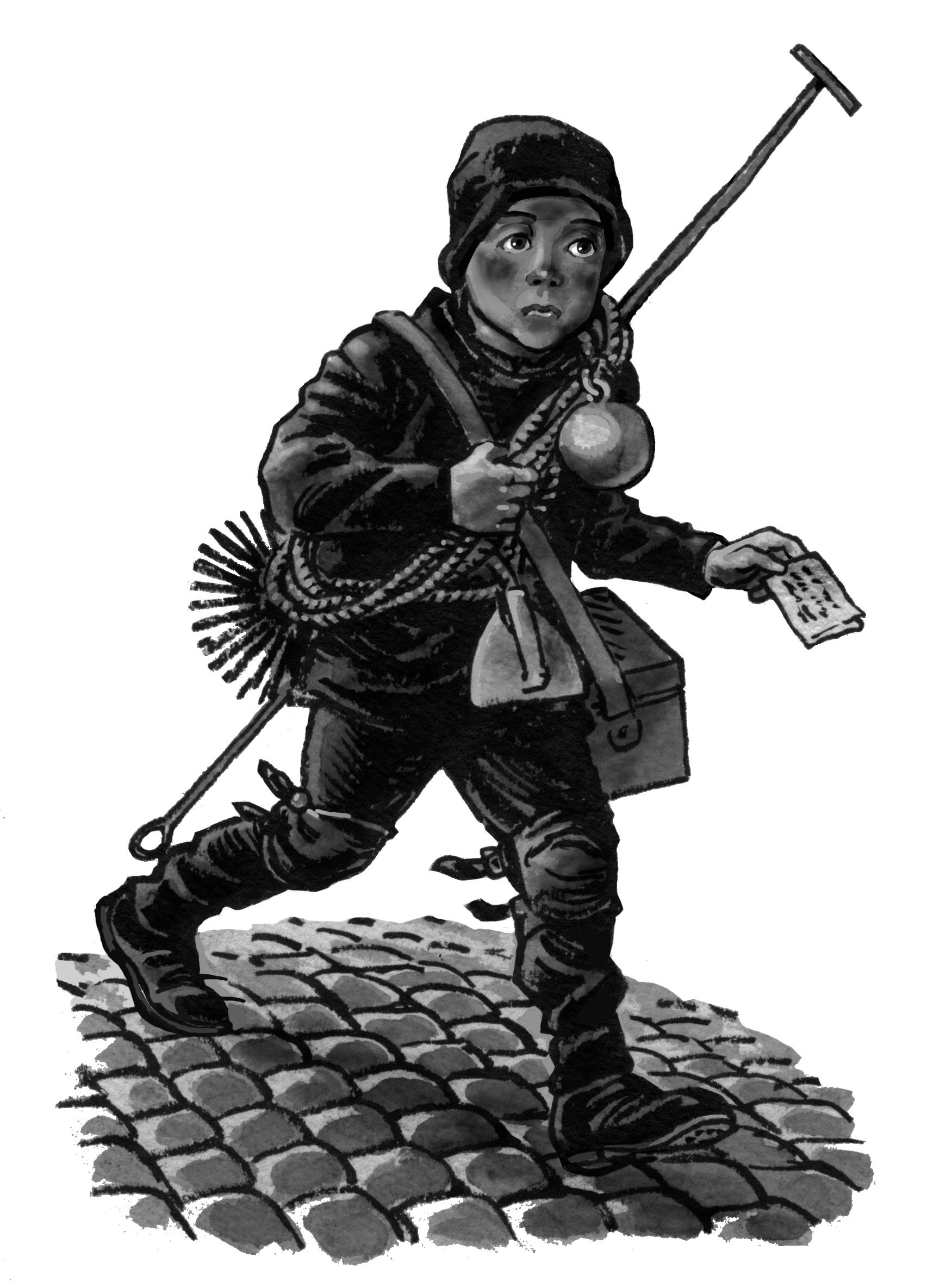The good news: A good review of New Yorkers by the highly rated Midwest Book Review, which recommends it unreservedly "for community and academic library Contemporary American Biography collections," and the ebook for personal reading.
The bad news: The only Amazon reader review of the ebook is bad, and Amazon gives this much more attention than the good editorial reviews by professionals. I don't argue with the reviewer, who has every right to express his views. But I hate to have this the only review of the ebook. So HELP! Puleez give me a review, so this one bad review won't dominate. Remember:
- Your review doesn't have to be long.
- You don't have to have read the whole book. Three or four chapters is enough.
- It doesn't have to be a rave (five stars). Be honest in your statement.
To do a reader review, you have to have bought the book from Amazon. The cost of the ebook now is $5.99, but if you bought it earlier at $1.99, so much the better; I don't want to strain your budget. And the first one to do a review may actually get it free, since there's a credit available. (Don't ask me why.) If this first bad review is sandwiched in among four or five other less negative reviews, it will be neutralized. So puleez, go here and scroll down to the customer reviews.
And now, on to Dumb.
Dumb: Who Is and Who Isn't
Long ago, soon after the end of World War II, while visiting the family of my friend Martin in Speyer, West Germany (as it then was), I met his younger brother Hans. When I asked Hans what he liked to do, Hans without hesitation gave his answer in a single word: “Diskutieren” (to discuss, debate, argue). He said this with a look so acute, so charged with meaning, that I have never forgotten it. Hans, I sensed at once, would be a powerful opponent in a debate: fierce, ruthless, uncompromising.
I didn’t want to argue with him, least of all politics, but the subject did come up. Of President Roosevelt’s trusting Stalin, our ally against Germany in World War II, Hans said that an American president should have more brains than a three-year-old child. “Das war nicht so einfach” (That wasn’t so simple) I managed to say in my faulty German, which was too limited to express my thought fully. What I wanted to say was this: Roosevelt trusted Stalin. Dumm! Stalin trusted Hitler. Dumm! Hitler attacked Russia. Dumm! All leaders, even (or maybe especially) the greatest, do dumb things. Remembering this recently, I started thinking about the dumb things we all do, and one thought led to another, and hence my subject: Dumb.
 |
| Stalin, Roosevelt, and Churchill in Teheran, 1943. So who was smart, and who was dumb? |
Let’s start at he top, the leaders I just mentioned. Roosevelt was as shrewd and savvy a president as we have ever had, and yes, during the war, he trusted Stalin. Stalin was our ally against Hitler, and without the Russians we could not have won the war. Churchill said that, to beat Hitler, he would have allied himself with the Devil, and perhaps he did. By 1945, the last year of the war, Roosevelt was a sick man, and he died on April 12 of that year. His leadership during the war had been brilliant, but in trusting Stalin to the extent he did, he may have been a bit, yes, dumb.
Stalin, in trusting Hitler, was dumber still. He had signed a nonagression pact with Hitler in August 1939, which gave Hitler a free hand to attack France in the spring of 1940. The resulting French collapse gave Hitler the mastery of continental Europe, minus Russia; Britain stood alone. So what did Stalin do? He didn’t just trust Hitler, he helped him in the war. The Germans wanted to send a warship, a raider, into the Pacific without encountering the British blockade. So Stalin agreed to help the raider fight its way through the frozen ice off the northern coast of European Russia and Siberia, and thus reach the Bering Sea and the Pacific without encountering any British ships. And the name of the ice-breaker that created a passageway for the raider? The Stalin.
But what was this, by way of dumb, compared to Stalin’s refusal to believe that Hitler was about to attack the Soviet Union in 1941? A German deserter crossed the border to warn the Russians, but Stalin didn’t believe his story and may even have had the man executed. One day later, the Germans attacked, with disastrous results for the Russians. Yes, in this instance Stalin was dumber, far dumber, than Roosevelt.
And Hitler’s attacking Russia was just as dumb. He had always planned to push to the east to acquire Lebensraum, but never appreciated the vastness of Russia, and the Russian ability to resist. When winter came and his troops bogged down short of Moscow, they didn’t even have winter uniforms, which were rushed to them belatedly. Dumber, perhaps, than Stalin. Once the French surrendered, Hitler admired Napoleon enough to visit his tomb in Paris, but he had never read the grim accounts of Napoleon’s little misadventure in Russia in 1812. Dumb, dumb, dumb.
 |
| Hitler and Mussolini, 1937. They both ended badly, both were often dumb, but both had their brilliant moments, too. |
And history gives us plenty examples of collective dumb. The Crusades are a good one, but I'll mention instead the medieval English and French attitude toward archery. In England, every village had archery contests, and all the men took pride in their skill, wanting to be the local Robin Hood. In France, meanwhile, there was a tax on bowstrings. So at the battle of Agincourt in 1415, where French knights in heavy armor slogged through thick mud against lightly armed English bowmen, who do you think won?
But haven't some world leaders been, not dumb, but brilliant? Of course.
- Roosevelt, who saved us psychologically from the Depression, and saw us through World War II.
- Bismarck, who tricked the French into declaring war in 1870, when he was prepared for war, and they were not. (Smart, the opposite of dumb, needn’t imply ethical.)
- Ben Franklin, a shrewd actor who, as our emissary to the court of Versailles, could also be charming, as witnessed by his friendships (were they only friendships?) with a number of titled ladies.
- Elizabeth I of England, who teased the princes and monarchs of Europe with the possibility of marrying her, playing one against another, when she had no intention of sacrificing her useful virginity.
And who do I proclaim the dumbest, the absolutely dumbest, of world leaders? I'll mention just two and a half.
 |
| Kaiser Wilhelm. Lots of medals, though he himself never saw battle as a soldier. |
- Kaiser Wilhelm II of Germany tops the list. A foolish saber-rattler, and so full of himself as to appear (to my American eyes) utterly ridiculous.
- The Archduke Francis Ferdinand, whose assassination in 1914 precipitated World War I. He went with his wife in an open car to Bosnia, a region known to be full of Serb nationalists eager to destroy the Austrian empire and create an all-Slav state. And he, as heir to the Austrian throne, was their ideal target. So if taking that little jaunt, its route announced in advance, wasn’t dumb, what is?
- And now the half: the Roman emperor Nero, said to have fiddled while Rome burned. Or is that just a story? If he did, maybe a little music wasn’t out of place, if there was nothing he could do to save the city. It may have calmed his nerves. So he counts as only a half.
By way of dumb, none of our presidents comes to mind. “Stupid and inept” characterizes many of them, but that doesn’t make them dumb.
Enough of this discussion of dumb at the highest levels. By sticking to the past, I’ve tried to avoid contentious arguments about who, among the world’s leaders today, are dumb. I’ll leave that to my readers, and have no doubt that they bristle with opinions. But let’s, for a moment, get personal. Have we ourselves, good little citizens that we are, and not among the world’s prime movers, ever done anything dumb?
You bet! In my teen years I did a host of things that were just plain dumb, but I dismiss these adolescent follies, and everyone else’s as well, for they were inevitable, and part of growing up. Let’s focus on the dumb of maturity, much less excusable.
- Just out of college and hoping to snag a Fulbright scholarship to France, I went home for a year: a disastrous choice, since I had little social life, sank into depression, and flirted with suicide. Getting the Fulbright saved me. Yet if I hadn’t had that one year off, I wouldn’t have taken a first-year course in classical Greek, a choice I have never regretted. As Socrates used to say, γνῶθι σεαυτόν. (Puzzled? See below.)
- When I started writing fiction, I turned out autobiographical novels that were, to put it mildly, awful; the very thought of them makes me blush. In school from an early age I had loved classes in English and history. Why did it take me so long to realize that well-researched historical novels were just the thing for me? Dumb.
- I used to write my mother letters about my doings, and from the time of my Alaskan adventures on (I worked one summer there in a kitchen), she saved them. After she died, I got hold of them and destroyed them. Since I had given her only the surface of my life, they contained nothing to embarrass me. So why did I do it? Maybe a perverse joy in a kind of self-destruction, or a bitter urge to leave no trace of myself on earth. Today, as I write a memoir for a gay history archive to be made available to the public only ten years after my death, those letters would be invaluable. The surfaces alone of my life would tell me a lot that I’ve forgotten. But I destroyed those letters. Dumb. Really dumb.
- Today, with everyone going around masked, I, age 91, have yet to do it. Dumb? Maybe. But I go out rarely, observe social distancing, and wash my hands upon returning from errands. And I have finally ordered some masks. Maybe only half dumb, like Nero. And probably having less musical ability than he had, I can't even fiddle.
 |
| dave souza |
Enough of my dumb doings. How about you? Have you ever done things that were just plain flat out dumb? And do you have the courage to reveal them? Let me know. I’d love to mention them in this blog, but I promise not to do so with your name attached. So tell me. How have you been dumb?
One last candidate for dumb: my computer, and maybe all computers. When I mistype a word, mine doesn’t just signal an error, it inserts what it thinks I was trying to say. So when I look again at the screen, I see words I never dreamed of typing, and sometimes they express the very opposite of what I meant. If I mistype "please," I get "police." If I mistype "smart," I get "smattered." For sheer dumbness, computers beat humans every time. On this happy note I conclude.
 |
| Me and my computer. Dumb, dumb, dumb. The computer, not me. But maybe both. Photo credit: S. Berkowitz |
Socrates’ advice to us all: γνῶθι σεαυτόν = “know thyself.” Which is far from dumb.
Coming soon: Maybe something, maybe nothing. It's not a good time.
© 2020 Clifford Browder












